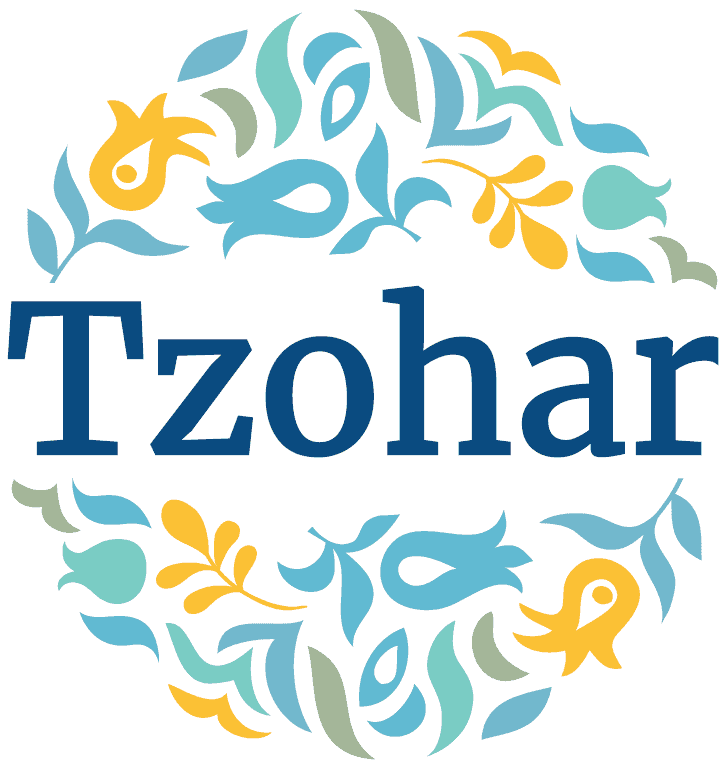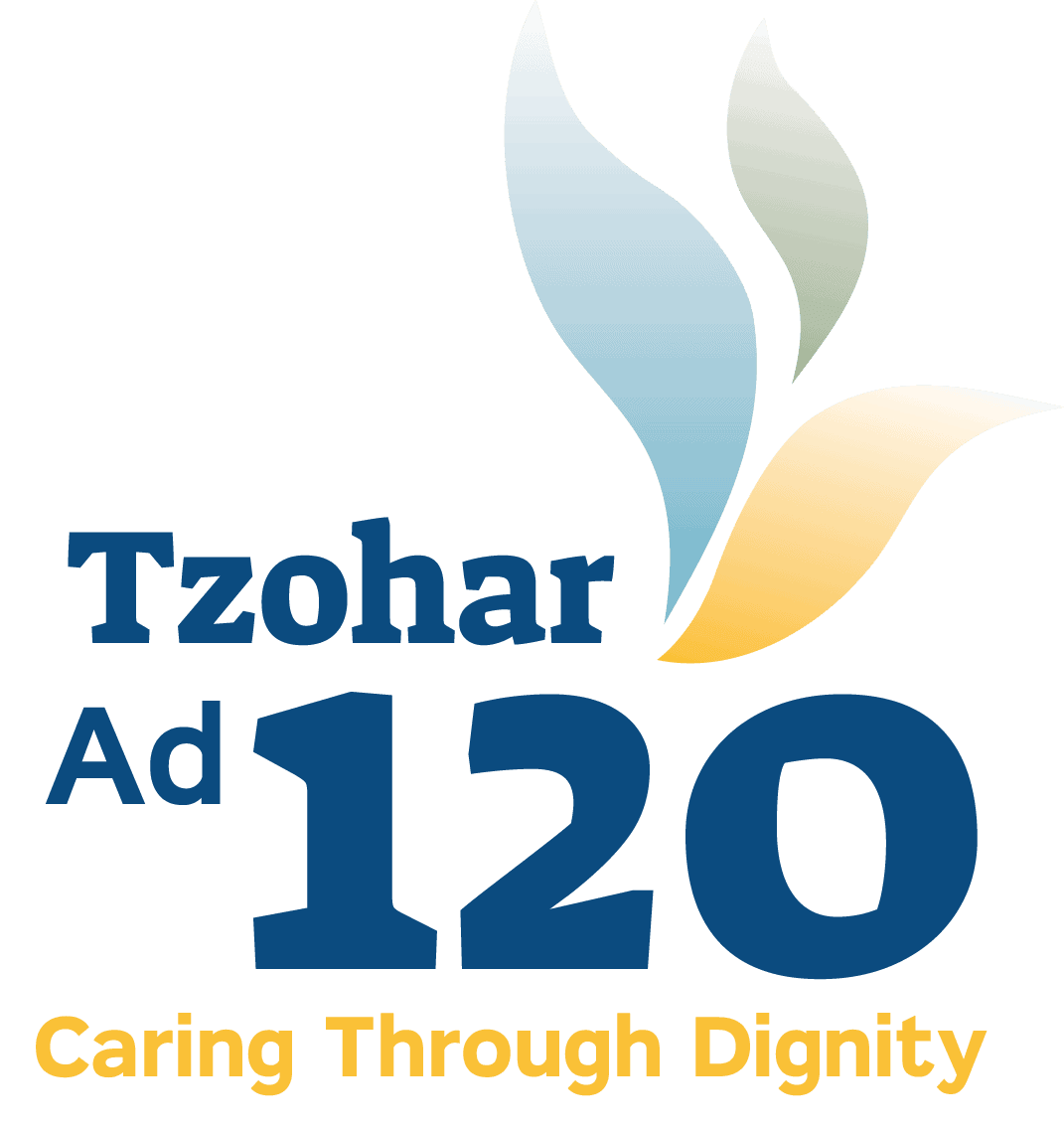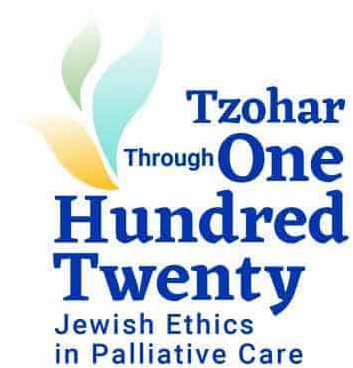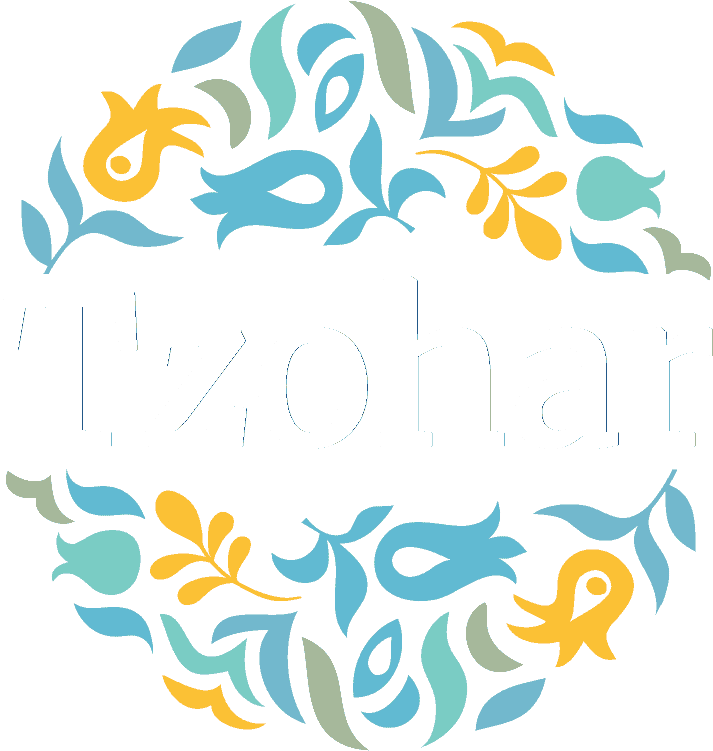1. Introduction
Technological innovation in the field of medicine as a whole, and especially in the field of fertility, bring forward many complex ethical issues – one of which is the issue of using the sperm of a deceased person. Modern medical techniques allow for withdrawal of sperm from a deceased person within 24 hours of their death. Is it permitted, and even appropriate, to extract sperm from the deceased in order to inseminate his widow or another woman who requests it? A similar but less severe question arises when a person freezes their sperm for future use (such as before chemotherapy treatment) and dies before being able to use it. Additional complications could arise when there is disagreement between the widow of the deceased and his parents. For example, when the widow is not interested in becoming pregnant, the parents may request to inseminate a different woman in order to conserve the memory of their son, and the widow could claim that the deceased would not want such a thing to occur. This position paper will deal with the various aspects of using the sperm of the deceased.
2. The Ethical Dilemma
To formulate this discussion, we will differentiate between the different cases and the dilemmas pertaining to each one of them. An argument for using a deceased’s sperm is man’s innate desire, both understandable and relatable, to leave some memory of themselves in the world. When the deceased requests this explicitly, this adds an element of honoring the dead through turning his wishes into a reality. There are times where the consideration is connected to those who are still living: the widow of the deceased may request to have a child from him in order to concretize their marriage vows, or family members may request that some memory of the person continues to live on. In cases where the widow is close to menopause, one should consider the factor of ensuring her chances to become pregnant and bring children into the world as well.
There are a number of factors that stand in opposition to sperm retrieval. Firstly, it is unclear whether the person’s wishes are indeed to use their sperm even after their death, and using it against the will of the deceased would be dishonorable to him. Additionally, there may be factors connected to the wellbeing of the child: birth into planned orphancy is a calculated risk, and the mother may place a ‘social label’ on her child, depicting them as being born in order to preserve their father’s memory and nothing more. When the widow opposes this decision, one may conclude that she is the closest person to the deceased and therefore knows best what his wishes would be.
As of today, this topic has not been regulated by legislation1. In 2003 the attorney general published protocols for this case2, and they allowed use of the sperm on condition that the deceased had a steady partner who is currently interested in being inseminated and the underlying assumption determines that this would be his wishes. It was also established that in the event that the deceased was single, it is permitted to use his sperm only if he explicitly confirmed this was his wish, or if there is evidence that proves this was his wish. The attorney general additionally ruled that the parents of the deceased have no legal status of their own in this situation, and in order to approve use of his sperm one must perform an assessment (by a social worker) in order to clarify the wishes of the deceased and if the widow is consenting out of her own volition.
The attorney general’s protocol does not deal with cases where the parent’s wishes clash with the widow’s. This issue has been discussed as of late due to the ruling of the supreme court, which determined (by majority ruling) that one may not use the sperm without the widow’s consent, since it is reasonable that the widow knows in the most precise fashion what the wishes of the deceased are3.
3. The Jewish Perspective
3.1 Factors Supporting Insemination
3.1.1 Leaving a memory of the deceased and his merit – Judaism sees tremendous value in leaving a memory of the deceased, and the tragedy of a childless death with no memory is considered a curse and the most severe punishment4. For this reason, the Torah includes the biblical mitzvah of Yibbum, where a widow of a man who died with no children marries his brother and gives birth to a child named after the deceased5; Because of this there are those who write that posthumous insemination is in line with the will of the Torah and is considered a chessed for the deceased6. Aside from this, Judaism sees the mitzvot and positive actions of one’s progeny as merit for the deceased7, and even the insemination itself could be considered as chessed for the dead8.
3.1.2 Motherhood and Partnership – there are cases where the widow is at an age where it is unlikely she will marry again and have enough time to bring children into the world. Granted that women are not obligated in the mitzvah of cohabitation, but she can take part in actualizing the paramount value of settling the world, so penned by Chazal in light of the prophet’s saying ‘He did not create [the world] a waste but formed it for habituation’9. There are a number of sources comparing infertility to death10, and perhaps there is chessed in helping the woman bring children into the world and actualize the powerful psychological need for progeny. This need for children, and especially the desire for continuity and for support in old age, fundamentally permits a woman to demand a get from her husband if he is unable to bring children into the world11. It is clear that when the woman can marry another partner and have children that these factors are irrelevant; however, in circumstances such as these one should consider establishing a memory for the deceased, and one could also take into account the deep wishes of the woman for a child specifically from the man she loves.
3.2 Factors Opposing Insemination
3.2.1 The ideal family structure – Judaism values the traditional family structure, including man, woman, and their children, as the ideal family structure. Already in the first chapters of the Torah we deal with the institution of marriage, and it is described as a unifying structure designed to combine partnership, parenthood, and sexuality into one ensemble12. Chazal add that relationships such as these can act as a source of holiness13. Many mitzvot connected to educating one’s children and nurturing them are placed on the father or assume a dual parent structure14. One can therefore say that Judaism instructs and directs toward the family model of two parents, however it is clear that this is not a deciding factor.
3.2.2 Gossip – Halacha fundamentally opposes actions that cause the one performing them to be suspected of sin15. For this reason, there are those who claim that a woman who becomes pregnant through unique circumstances such as these may bring about suspicion of infidelity16; however, others claim that this is not grounds to create a tangible prohibition17.
3.2.3 Planned orphancy – Aside from prioritizing the traditional family model, there are also factors dealing with the wellbeing of the child, explained in chapter 2. There are indeed poskim that took these factors into account, however in our opinion there is not enough evidence to prohibit bringing a child into a state of planned orphancy: it is unclear whether there exists an obligation towards an unborn child18, it is not an impairment that will definitively lead to severe consequences19; and perhaps one must also consider the sorrow of the widow20.
3.3 More Complex Cases: Sperm Extraction from the Deceased, and Status of the Parents vs. the Widow
3.3.1 Posthumous Sperm Retrieval (PSR) – the starting point of halacha is that the deceased’s body does not only belong to him, and we are obligated to treat it with respect, even if the deceased instructed otherwise21. Halacha prohibits the mutilation of a body22 as well as deriving any sort of benefit from it23. There are authorities who determined that due to the prohibition of mutilation one should not extract semen from a deceased person, and due to the prohibition of deriving benefit one may not use it for insemination24. However, from the discourses surrounding autopsies and organ transplantation25 in halacha one can extrapolate answers to our problems here: the issue of mutilating a corpse is resolved by relying on the fact that we are creating a namesake for the deceased in the process26and that this procedure in a living person is not considered desecration27; the issue of deriving benefit from a corpse is resolved by relying on the reasoning that the prohibition exists only when that part of the body is considered dead, and when this object will be reconnected to a living person, such as the case of sperm which can create new life, using it is not considered benefit from the dead28; an additional logic process that one may rely on is that using the sperm of the deceased is not considered ‘the way of benefit’, i.e. not the standard beneficial practice29, and many authorities permit this type of use30.
3.3.2 Insemination without consent – using the sperm of a person for the sole purpose of memorializing them, without the person consenting before their death, brings up additional problems. Usage like this portrays sperm as nothing but a technical resource and means to be used at the whim of people. This outlook on sperm is very problematic, for sperm cells are the essence of mankind’s existence, and it is fitting to relate to them entirely differently. The unique status of sperm cells is expressed in the serious prohibition of spilling seed31; in the restrictions the poskim have made to the conditions allowing for one to ejaculate for the purpose of medical examination or artificial insemination32; and the halachic and legal concerns that arise regarding cloning33. In light of this, it seems that the parents of the deceased themselves do not have the power to intervene in this decision.
3.3.3 Insemination as part of the covenant of relationship – the covenant that the deceased made with his widow when they married includes his commitment to bring children into the world with her. This aspect of the brit (as the Torah describes the marital relationship34) is described in the verse ‘and he will cling to his wife and they will be of one flesh’ – which, according to some of the commentaries, describes the partnership that is created by having children35. Therefore, when the deceased freezes their sperm for future use, or when the widow is interested in PSR, using the sperm is considered part of the covenant of their marriage and not taking advantage of a technical resource. This aspect of the covenant is only relevant when discussing inseminating the widow, and if she is not interested in this, she has in essence ‘annulled the covenant’ and therefore she has no status in dealing with the insemination of other women from the semen of her late husband. Similarly, it makes sense that after the widow remarries or a significant amount of time has passed from the moment when the sperm became available to the moment she requests to be inseminated – the widow has lost her legal status in this issue. One can find inspiration for this ruling in the laws of providing food for one’s wife. The husband is obligated by the ketubah to provide sustenance for his widow until she claims the ketubah money36; if she marries another man, however, the connection to her previous husband is severed, and she is not entitled to sustenance anymore37.
3.3.4 Priority of the wife over the parents regarding these issues – the beginning of the verse in the previous note emphasizes the transition that occurs at the time of marriage, from one’s bond with their parents to their wife: “therefore, man will leave his father and his mother and he will cling to his wife and they will be of one flesh’38. Following this reasoning, in issues concerning having children, the wife has priority over the parents, and she is permitted to veto their wishes regarding insemination using their child’s sperm – even if we were to rule that when dealing with a single person, the parents could offer the use of his sperm to a single woman.
4. Conclusion
4.1 If the deceased leaves a clear directive regarding using his sperm, one should fulfill it, aside from cases of significant logical error.
4.2 It is important to clarify precisely what the true wishes of the deceased and his partner are. The attorney general regulated this via an investigation of a social worker, and this seems like proper and fitting procedure.
4.3 If the deceased did not leave instructions and was married, the widow is the decider; on condition that she has not married again, and that a significant amount of time has not passed from the moment she could have used the sperm. The widow’s wishes have no impact, positive or negative, on the insemination of other women.
4.4 When the deceased is not married, one should not utilize their sperm.
4.5 Other family members of the deceased, including his parents, have no jurisdiction in this topic.
4.6 The principles stipulated here allow the sperm retrieval from the outset, as long as it is not done in a way that desecrates the body.
הערת שוליים
- However, there is extensive discussion around this topic in the Sperm Bank Memorandum drafted by the Ministry of Health, so it is possible that in the coming years legislature will address this.
- ‘Posthumous Sperm Retrieval and It’s Use’, Government Protocols of the Attorney General 1.22.02 (5763) http://www.justice.gov.il/Units/YoezMespati/HanchayotNew/Seven/12202.pdf
- Family Appeal 7141/15 – Doe v. Doe (published in Nevo, 22.12.2016).
- Vayikra 20:20-21; Yirmiyah 22:30; Bereishit 30:1. See also the Yaskil Avdi Responsa 6, Even Ha’Ezer, 109:2.
- Devarim 25:5-6. See Bereishit 38 and the Ramban’s Commentary there on verse 8.
- Rabbi Zalman Nechemiah Goldberg, ‘Egg Donation, Surrogacy, Freezing Sperm as a Single Person, and Posthumous Sperm Retrieval’, from: Rabbi Dr. Mordechai Halperin (editor), Assia Books 13, Jerusalem 5770, page 111. For a dissenting opinion that one cannot learn from this mitzvah, see Rabbi Asher Weiss, ‘Posthumous Artificial Insemination’, Beit Hillel 10 (5762), page 73-74.
- See for example Sanhedrin 104a; Beit Yosef, Yoreh Deah 376. One of the implementations of this idea is the custom of descendants of the deceased to say kaddish.
- Rabbi Mordechai Halperin, ‘Performing Chessed to the Dead and Fulfilling the Mitzvah of Cohabitation’, Medicine, Reality, and Halacha, Jerusalem 5772, pages 342-346 (and see the opinion of Rabbi Avigdor Nebenzahl there in footnotes 8a, 37.
- Gittin 41b; Beit Shmuel, Even Ha’Ezer 1:2; Aruch Hashulchan, Orach Chayim, 153:15. In cases where the husband is alive, the woman may be a partner in the man’s fulfillment of the mitzvah (see Ran on Kiddushin 16b on the Rif), however here we are dealing with a deceased person who is exempt from mitzvot.
- These depictions originate in the Tanach in the stories of Rachel (Bereitshit 30:1) and Chana (Shmuel 1 1) and are continued in the sources of Chazal (for example Bereishit Raba 71:9; Berachot 31b).
- Yevamot 65b; Shulchan Aruch, Even Ha’Ezer, 154:6.
- Man was created as ‘male and female’ (Bereishit 1:27; ibid. 2:21-25) and was commanded to cohabit (ibid. 1:28; ibid. 9:1). Beyond the function of parenthood within a relationship, the Torah describes the connection between man and woman using the words ‘and he will cling to his wife and they will be of one flesh’ (ibid. 2:24), explained as describing the importance of an emotional and sexual connection within the institution of marriage (see Rashi and Ramban there). For expanded discourse see: Rabbi Joseph Dov Soloveitchik, ‘Marriage’ from: Man and His Household, Tel Aviv 2009, pages 55-81; Rabbi Chaim Navon, Shiurei Bayit, Tel Aviv 5777, page 182-183.
- In their words ‘Man and woman – if they merit it, the divine presence rests between them’ (Sotah 17a).
- See BeMareh HaBazak 4:129. One may cite amongst these mitzvot honoring one’s parents; recounting to one’s children the story of the exodus on the seder night; the mitzvah of the father to circumcise his son; and the mitzvah to teach him Torah.
- See for example: Mishlei 4:24; Yevamot 24b; Gittin 79b.
- See: Nishmat Avraham (Second Edition), volume 3, pages 49 (in the name of Rabbi Shlomo Zalman Auerbach); Rabbi Yitzchok Zilberstein, Shiurei Torah for Doctors 4, Bnei Brak 5772, page 317.
- Rabbi Mordechai Halperin, ‘Artificial Insemination: Issur Ve’Heter’, Medicine, Reality and Halacha, Jerusalem 5772, page 301-303.
- There are those who understand the Gemara as advising people not to marry into families with severe genetic disorders, because it is prohibited to have children when there is a risk they will suffer from a serious disease. See: Shulchan Aruch, Even Ha’Ezer 2:7; Divrei Malkiel Responsa, 4:107; Siach Nachum Responsa 96. Following this rationale, there are those who prohibited planned orphancy, see for example: Rabbi Yitzchak Shilat, ‘Cloning in Light of Halacha’, Techumin 18 (5758), pages 141-142; aforementioned paper, Medicine, Halacha, and Intent of the Torah, Jerusalem 5774, pages 211-212; and with slight refinement Rabbi Yaakov Ariel et. al., ‘Posthumous Insemination: Legal and Halachic Aspects’ HaRefuah 139:9-10 (November 2000). However, other poskim see these gemaras as only advisory, see for example: Ma’aseh Choshev Responsa 4:38; Bigdei Sheish Responsa 15.
- One should note that even according to those who believe that this is not just advice but a genuine prohibition, the suffering of the child of a single-parent family is not comparable to the suffering of a family of lepers. Therefore, even if there is a prohibition in the latter case, it seems that one cannot enact a prohibition from there to the former case.
- This factor is considered by a minority of poskim when dealing with sperm donation to an unmarried woman (see for example Rabbi Aharon Lichtenstein’s responsum brought by Rabbi Shmuel David, ‘Oral Responsa of Rabbi Aharon Lichtenstein’, Tzohar 40 [5776], page 32), however in this case the woman could marry another and therefore it is doubtful if we should consider this factor.
- Shulchan Aruch, Yoreh Deah, 348:2-3.
- Bava Batra 154b; Chullin 11b; Sanhedrin 47a (the prohibition of leaving a corpse unburied overnight).
- Avodah Zara 29b; Sanhedrin 47b.
- Rabbi Yigal Shafran, ‘Fatherhood After Death’, Techumin 20 (5760), pages 347-352.
- For extended discourse see Rabbi Avraham Steinberg, The Medical Halachic Encyclopedia (second edition, Jerusalem 5766), entry ‘Organ Transplantation’, pages 115-142 and entry ‘Autopsy’ pages 593-599, 606-610.
- See: Responsa of the Rashba, 1:369; Responsa of the Radbaz, 1:484. One may add that there are those who permit mutilation of a corpse in cases where the person consents (see Binyan Tzion Responsa 170); Others permit slight mutilation even in cases of assumed consent (Rabbi Yitzchak Isaac Halevi Herzog, Rulings and Writings 5, Yoreh Deah, 157); and some permit mutilation in cases of great need (see the sources brought in Yabia Omer Responsa, 3, Yoreh Deah, 23).
- Binyan Tzion Resposna 171; Igrot Moshe Responsa Yoreh Deah, 2:151; Rabbi Avraham Steinberg, ‘Who is a Father Nowadays?’ Techumin 32 (5772), page 355. One should note that this permit is on condition that the sperm retrieval is not performed via removing the testicle.
- Rabbi Isser Yehuda Unterman, Shevet MiYehuda (Rav Kook Institute Edition), page 55; Minchat Shlomo Responsa Tinyana edition, article 97.
- See Igrot Moshe Responsa, Yoreh Deah, 1:229, section 5, who holds that medical purposes are considered ‘not the way of benefit’ while acknowledging the perspective of the Tzitz Eliezer Responsa (13:91) who disagrees and considers it ‘the way of benefit’.
- See for example: Responsa of the Radbaz 3:548; Har Tzvi Responsa, 277. This topic is of significant debate and many poskim do not accept the aforementioned heter. See: Addendum of Rabbi Akiva Eiger on Shulchan Aruch Yoreh Deah, 349; Igrot Moshe Responsa earlier endnote 29; Minchat Shlomo Responsa earlier endnote 28.
- Mishneh Torah Hilchot Issurei Biyah 21:18; Shulchan Aruch, Even HaEzer 23:2.
- See for example: Rabbi Avraham Steinberg, The Medical Halachic Encyclopedia, entry ‘Sperm’, pages 370-391; Rabbi Yitzchak Zilberstein, Shiurei Torah for Doctors, 4, Bnei Brak 5772, pages 282-290.
- See for example: Tzitz Eliezer Responsa 15:45; A more muted approach from Rabbi Avraham Steinberg, The Medical Halachic Encyclopedia, entry ‘Human Cloning and Stem Cells’ (1); and in the Prohibition of Genetic Intervention Law (Human Cloning and Germline Gene Editing) 5759-1999.
- See for example Malachi 2:14.
- Bereishit 2:24 and see Rashi and Radak there.
- Shulchan Aruch Even Ha’Ezer 93:3 and the adjacent articles.
- Ibid., article 7. See as well the discussion in the Rema and the commentaries there regarding what the halacha is in cases where she has been set up with someone else but has not married yet.
- Earlier endnote 35 and see the Ramban there.





